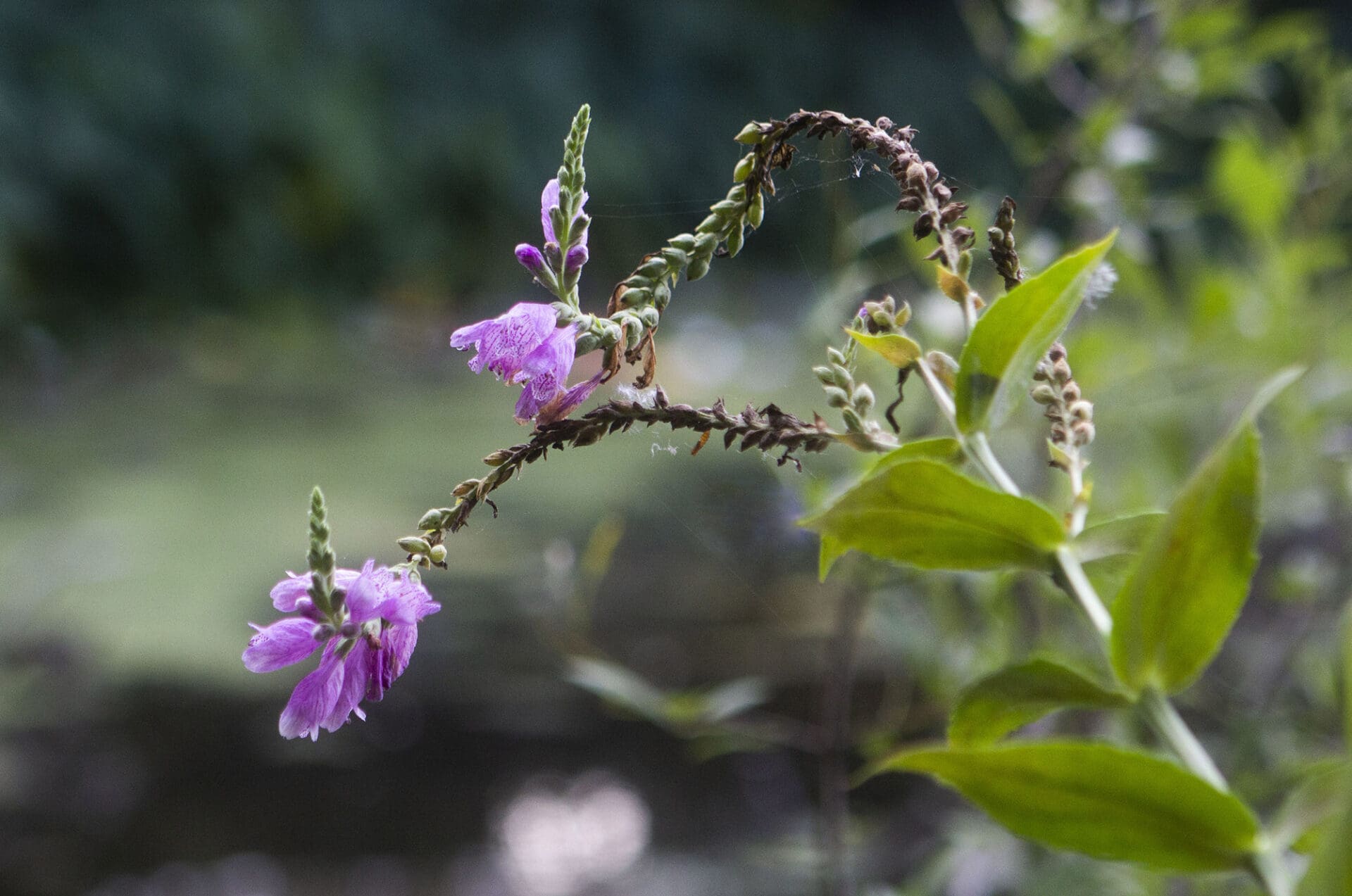
Celebrating Women’s History on the Trail

As we celebrate Women’s History Month, there are many women to thank for transforming the Butler Trail into what it is today. Their legacies are honored at several locations on the Trail. Read on to learn more about their contributions to this space!
The Trail Conservancy also recognizes that there are many women, including indigenous women and women of color, who have not been honored publicly for their contributions to this beloved greenspace. These women have laid the foundations for future generations to enjoy the parks, inspiring leaders and community members to continue their legacy as stewards of this land.
Lou Neff Point
Lou Neff Point, one of the most picturesque spots on the Trail, is named for Lou Neff, who served alongside Lady Bird Johnson as a member of the Town Lake Beautification Committee. In addition to the Beautification Committee, Lou Neff served as president of the Austin Junior League and a member of several other organizations, including the Natural Science Center Guild and the Symphony League. She was named one of the Outstanding Women in Austin by the Austin American Statesman in 1971.
Camacho Activity Center
Austin Parks and Recreation’s Lorraine “Grandma” Camacho Activity Center sits in the Holly neighborhood adjacent to the Butler Trail. Mrs. Camacho lived on Canterbury Street for more than 40 years and was seen as a community matriarch, spending endless hours working to enhance the life of her community and the community’s children.
Roberta Crenshaw Pedestrian Walkway
The pedestrian bridge beneath MoPac is named for Roberta Crenshaw, who laid the groundwork for much of Austin’s parkland. She served 12 years on Austin’s Parks Board, spearheading the effort to create parkland and a trail surrounding Town Lake with the help of Lady Bird Johnson. A plaque at the north end of the bridge honors her contributions to Austin’s parks and culture.
Emma S. Barrientos Mexican American Cultural Center
The Emma S. Barrientos Mexican American Cultural Center, which sits adjacent to the Trail near Rainey Street, is named for Austin civic leader Emma Serrato Barrientos. Built in 2007, the MACC is dedicated to preserving, creating, presenting, and promoting Mexican American cultural arts and heritage. The MACC was renamed in 2011 to honor Mrs. Barrientos’ dedication, community involvement, and commitment to the Latino arts in Austin.

Ann and Roy Butler Hike-and-Bike Trail and Lady Bird Lake
The beautification of the hike-and-bike trail began as a vision by Lady Bird Johnson and Ann Butler, inspired by the Thames Path during a trip to London. At the time, the banks of the Colorado River were polluted, barren and covered with weeds. In 1971, Lady Bird inaugurated the Town Lake Beautification Committee with a cluster of crepe myrtle plantings near South First Street’s Drake Bridge. That effort launched the beginning of what we now call the Ann and Roy Butler Hike-and-Bike Trail. In 2008, Town Lake was renamed Lady Bird Lake in Lady Bird’s honor.
Fannie Davis Town Lake Gazebo
The Fannie Davis Town Lake Gazebo was one of the first structures built in an effort to beautify Town Lake, spearheaded by the Austin Chapter of the National Association of Women in Construction (NAWIC) in 1969. The gazebo was named for Fannie Dais, a founding member of the Austin chapter of NAWIC in 1984. Today, the structure is listed in the National Register of Historic Places for its historical and architectural significance.
Sign Up for Our Newsletter:
Upcoming Events

Week of Events
Run the Trail with GOODPAIN
Run the Trail with GOODPAIN
Join The Trail Conservancy and Swift Fit Events for a community run along Austin’s iconic Butler Trail with Nike Studios! This free, all-levels run invites Austinites to move, connect, and celebrate our vibrant trail community.
Location: 1920 E Riverside Drive, Suite A-120 PMB 223 Austin, TX 78741
Phone: 1-855-44-TRAIL
Newsletter
The Trail Conservancy is a non-profit, tax-exempt charitable organization under Section 501(c)(3) of the Internal Revenue Code. Tax ID: 87-0699956.

